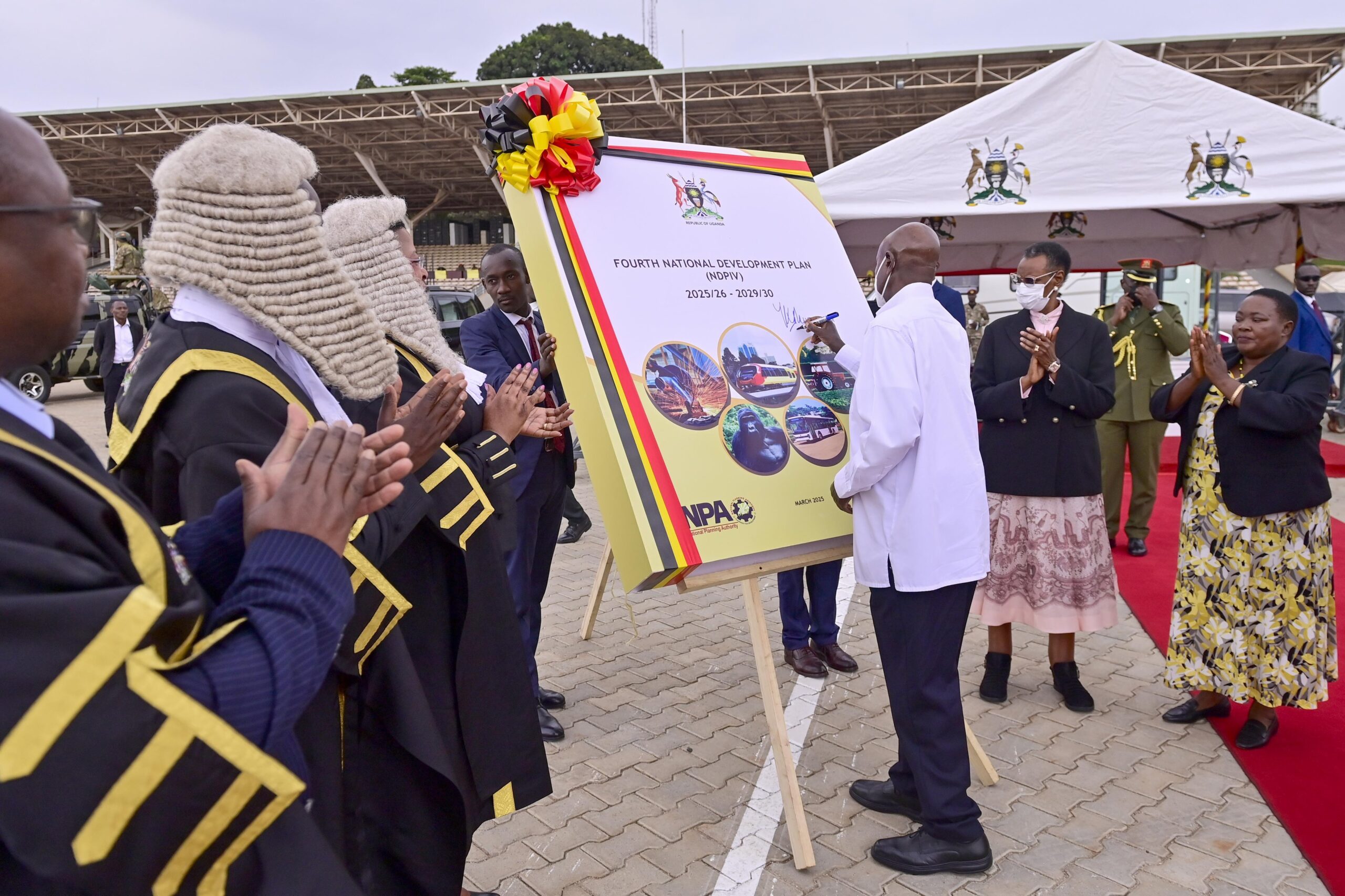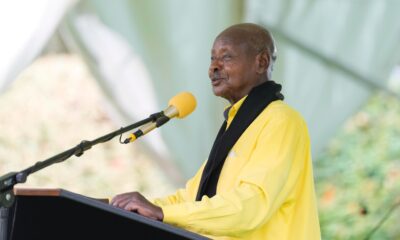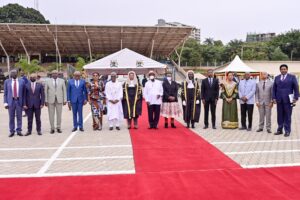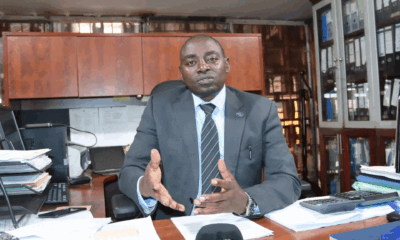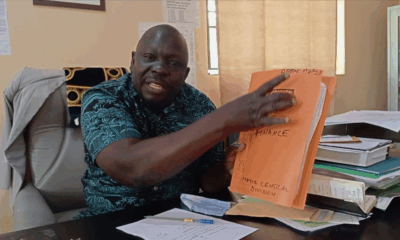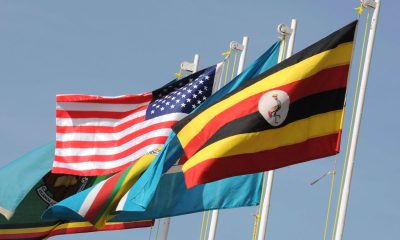News
Uganda’s Economy Poised for Rapid Growth, Targets $500 Billion by 2040, Says President Museveni
President Yoweri Museveni has declared Uganda “unstoppable” in its economic growth and socioeconomic transformation, projecting the nation’s economy to reach a staggering $500 billion by 2040. In his State of the Nation Address, which also marked the launch of the final session of the 11th Parliament, Museveni highlighted robust economic indicators and strategic pillars driving this ambitious vision.
The President estimated Uganda’s economy to be valued at $60 billion by the end of this financial year (June 2025), a significant leap from $53.6 billion (UGX 202.7 trillion) previously. He further projected that, in purchasing power parity, the economy could reach $296 billion by 2030.
Museveni attributed this rapid economic expansion to four key factors: the “correct philosophical, ideological and strategic positions of the NRM,” the NRM/UPDF’s role in ensuring peace, the productivity of wealth creators across agriculture, manufacturing, services, and ICT sectors, and the contributions of responsible political actors to national harmony.
He emphasized strategic investments in infrastructure, value addition, and industrialization as crucial for transforming Uganda into a modern, self-sustaining economy. This growth, he noted, is already supported by surging export earnings, which hit $11.1 billion by March 2025, representing a 9.3 percent increase. Gold led the export surge with $3.7 billion, followed by coffee ($1.8 billion), cocoa ($410 million), milk ($285 million), and metal products ($230 million). Notably, Uganda’s bilateral trade with Algeria and Nigeria has fueled a substantial increase in milk and milk product exports, rising from $28.7 million in FY 2014/2015 to $285 million in 2024.
Tourism earnings have also shown a significant recovery, reaching $1.4 billion in 2024, a sharp rebound from the COVID-19-hit $5.62 million in 2020, with Museveni crediting sustained peace and security.
The President lauded the burgeoning manufacturing industry, highlighting local production and export of electronics, pharmaceuticals, solar energy products, tires, batteries, and measuring instruments. Examples include a Namanve Industrial Park company producing 120,000 hair dryers and 60,000 refrigeration parts annually, and pharmaceutical firms manufacturing 4 million single HIV pills and 2 million other medicines per year.
Uganda’s economy is projected to grow at 6.3 percent this financial year, making it the seventh fastest-growing in the world, according to the International Monetary Fund. Further acceleration is anticipated with the commencement of oil and gas production and exportation in 2027. The government forecasts 7 percent growth next year and double-digit rates in subsequent years.
Critical infrastructure projects, including the signing of a memorandum of understanding with Alpha MBM Investments LLC from the United Arab Emirates for the construction of the oil refinery in Hoima, and the ongoing construction of the 1,440-kilometer crude oil export pipeline, are vital for the commercialization of the oil sector.
Museveni also acknowledged the vital role of scientists in developing automobiles, vaccines, and electronics, with the electric mobility industry, led by Kira Motors, poised to be another growth driver. Government strategy also includes boosting tourism by increasing tourist numbers and enhancing their spending within the country through branding, improved infrastructure and sanitation, and enhanced security at key sites.
The President announced the launch of the Fourth National Development Plan, set to be the blueprint for economic progress from the next financial year. Job creation, particularly for the high number of annual graduates, will largely rely on the manufacturing sector, as the government cannot absorb more than half a million positions. Museveni reiterated his ban on raw mineral exports, a strategic move aimed at promoting industrialization and value addition, citing it as a major historical economic challenge for Africa.
Modernization of agriculture and the expansion of irrigation are also key to boosting production, productivity, and reducing the percentage of Ugandans still reliant on subsistence farming, currently estimated at 33 percent, down from over 90 percent in 1986. Wealth creation programs like Emyooga and the Parish Development Model are expected to further contribute to economic growth and improved livelihoods.
President Museveni reaffirmed the government’s target of a $500 billion economy by 2040, emphasising the ongoing commitment to peace and security, accelerated industrialisation utilising local materials, export promotion, private sector strengthening, youth skilling, tax base widening, household transformation, and the persistent fight against corruption.
Comments



